Hi there, pet lovers! 🦗
If you’re looking for a truly unique, low-maintenance, and fascinating pet, the Praying Mantis might just be the perfect choice. Known for their alien-like appearance, incredible hunting skills, and captivating behaviors, these insects are a favorite among enthusiasts who enjoy observing nature up close. In this detailed review, we’ll explore everything you need to know about keeping a Praying Mantis as a pet, from their temperament and care requirements to their affordability and availability. Whether you’re a beginner or an experienced insect keeper, this guide will help you decide if a Praying Mantis is the right pet for you.
Overview
Praying Mantises are predatory insects known for their striking appearance, including their triangular heads, large eyes, and raptorial forelegs designed for catching prey. They are found in various habitats worldwide, with some species being more popular in the pet trade than others. Here’s a quick summary of what makes them stand out:
- Handling and Temperament: Generally calm but delicate; not ideal for frequent handling.
- Care and Maintenance: Low-maintenance but require specific humidity and feeding routines.
- Health and Durability: Sensitive during molting; lifespan ranges from 6 to 12 months.
- Availability: Widely available online and at expos, but species availability varies.
- Cost: Affordable to purchase and set up, with minimal ongoing costs.
- Overall: A captivating pet for insect enthusiasts, but not suited for those seeking long-term companionship.
Praying Mantises are ideal for those who enjoy observing nature’s intricacies and don’t mind a shorter-lived pet. Their unique behaviors and stunning appearance make them a rewarding choice for dedicated keepers.
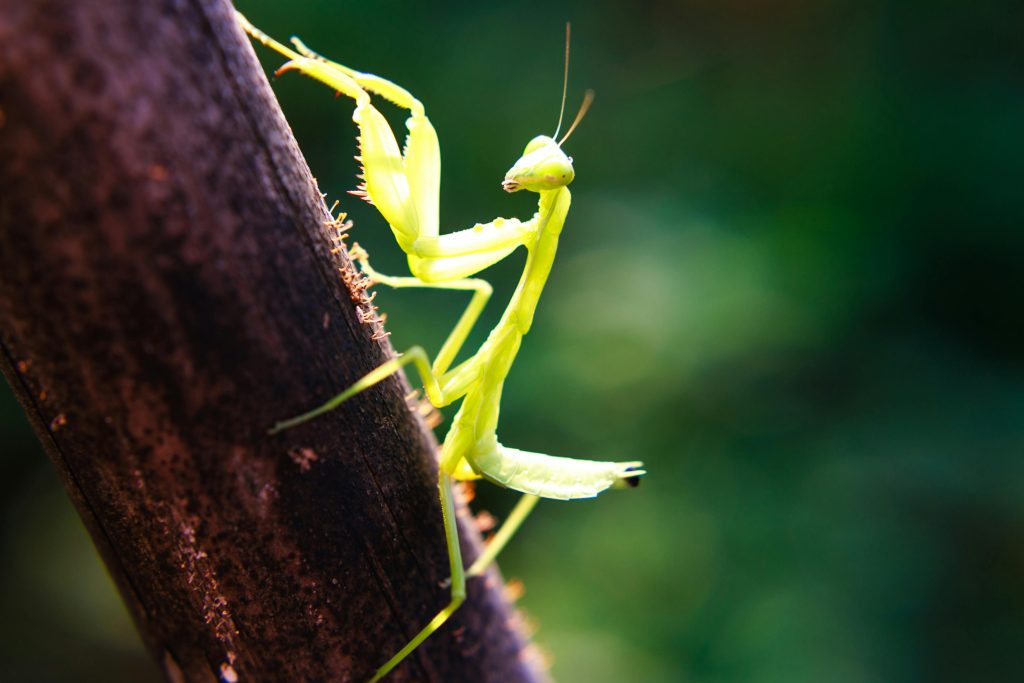
Why Choose a Praying Mantis?
Praying Mantises are perfect for those who want a low-maintenance, visually captivating pet that doesn’t require much space. They are quiet, don’t need elaborate enclosures, and their hunting behaviors are mesmerizing to watch. While their lifespan is relatively short (6-12 months), every stage of their life—from molting to hunting—is fascinating to observe.
These insects are also educational, making them great for teaching responsibility to older children or for anyone interested in entomology. However, they are not ideal for those seeking a hands-on pet, as they are delicate and not suited for frequent handling.
Handling and Temperament
Praying Mantises are calm and curious creatures, but they are not pets that enjoy frequent handling. Their delicate bodies and fragile legs make them prone to injury if mishandled. However, they can be gently held or allowed to walk on your hand, which can be a unique and rewarding experience.
Personality Variations
- Some mantises are more bold and exploratory, while others may be shy and prefer to stay hidden.
- Their behavior often depends on their species and individual personality.
Handling Tips
- Always handle them gently and avoid squeezing or grabbing them.
- Let the mantis climb onto your hand voluntarily rather than forcing it.
- Avoid handling them during or immediately after molting, as they are extremely vulnerable during this time.
Biting
Praying Mantises rarely bite, and if they do, it’s usually a small pinch that doesn’t cause harm. They are not aggressive toward humans but are fierce predators when it comes to their prey.
Care and Maintenance
Praying Mantises are relatively low-maintenance, but they do have specific care requirements. Here’s what you need to know to keep them healthy and happy:
Enclosure Setup
- Size: A small enclosure is sufficient, but it should be at least twice as tall as the mantis’s length to allow for molting.
- Climbing Space: Add branches, sticks, and foliage to mimic their natural habitat and provide climbing opportunities.
- Substrate: Use a simple substrate like paper towels, coconut fiber, or reptile carpet for easy cleaning.
- Ventilation: Ensure the enclosure has a mesh or ventilated lid to maintain airflow.
Humidity and Temperature
- Humidity: Most species require moderate humidity (40-80%), depending on their natural habitat. Mist the enclosure lightly every few days to maintain humidity.
- Temperature: Praying Mantises thrive at room temperature (70-85°F or 21-29°C). Avoid extreme heat or cold.
Feeding
- Diet: Praying Mantises are carnivorous and eat live insects such as crickets, flies, moths, and roaches.
- Feeding Schedule: Feed juveniles every 2-3 days and adults every 3-4 days. Avoid overfeeding, as it can shorten their lifespan.
- Prey Size: Ensure the prey is no larger than the mantis’s head to prevent injury.
Molting
Molting is a critical part of a mantis’s life cycle. During this time, they are extremely vulnerable and should not be disturbed. Provide adequate humidity and vertical space to ensure a successful molt.
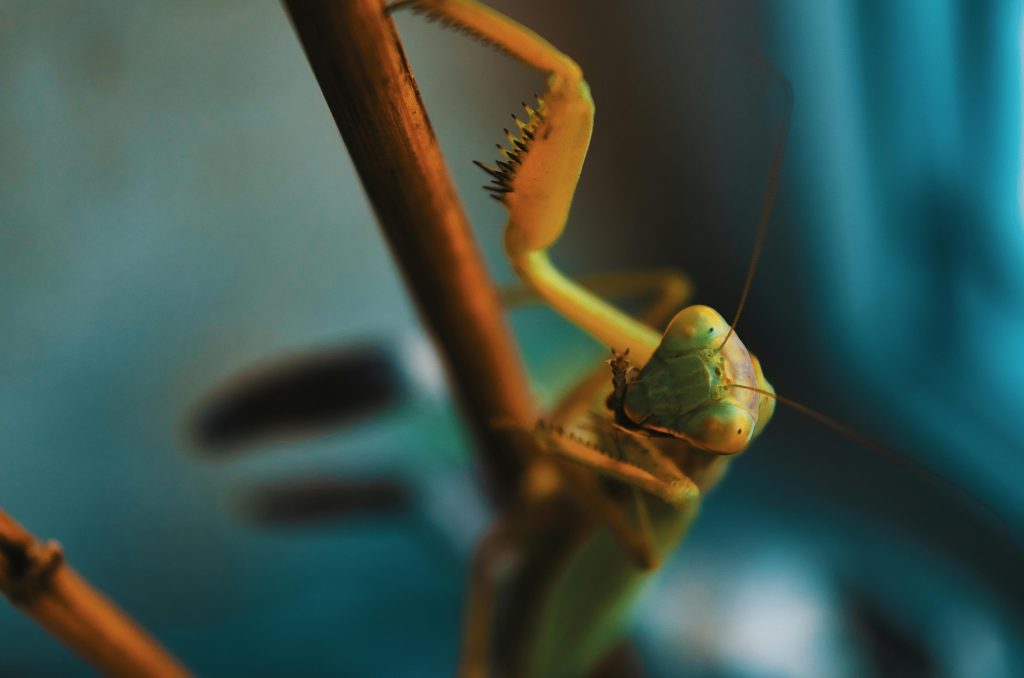
Health and Durability
Praying Mantises are generally hardy but can be sensitive to environmental changes. Here are some key points to keep in mind:
Common Health Issues
- Failed Molts: Caused by low humidity or improper enclosure setup.
- Dehydration: Signs include lethargy and shriveled limbs. Regular misting can prevent this.
- Injuries: Can occur from falls or improper handling.
Preventative Care
- Maintain proper humidity and temperature levels.
- Avoid overfeeding or offering prey that is too large.
- Provide a clean and stress-free environment.
With proper care, Praying Mantises can live out their full lifespan, which ranges from 6 to 12 months depending on the species.
Availability and Cost
Praying Mantises are widely available and affordable, making them accessible to most pet owners.
Where to Buy
- Breeders: The best option, as they provide healthy, captive-bred mantises.
- Reptile Expos: Great for meeting breeders and seeing a variety of species.
- Online Stores: Many reputable sellers offer mantises and egg cases (oothecae).
Cost
- Mantis Price: Common species cost $10 to $30, while rarer species can cost $50 or more.
- Setup Cost: A basic enclosure and supplies can be set up for under $50.
- Ongoing Costs: Minimal, as live insects are inexpensive and easy to source.
Pros and Cons
Pros
- Fascinating to observe, especially during feeding and molting.
- Low-maintenance and affordable to care for.
- Don’t require much space, making them ideal for small homes.
- Educational and great for teaching responsibility.
Cons
- Short lifespan (6-12 months).
- Not suitable for frequent handling.
- Require live prey, which may not appeal to everyone.
- Sensitive to environmental changes, especially during molting.
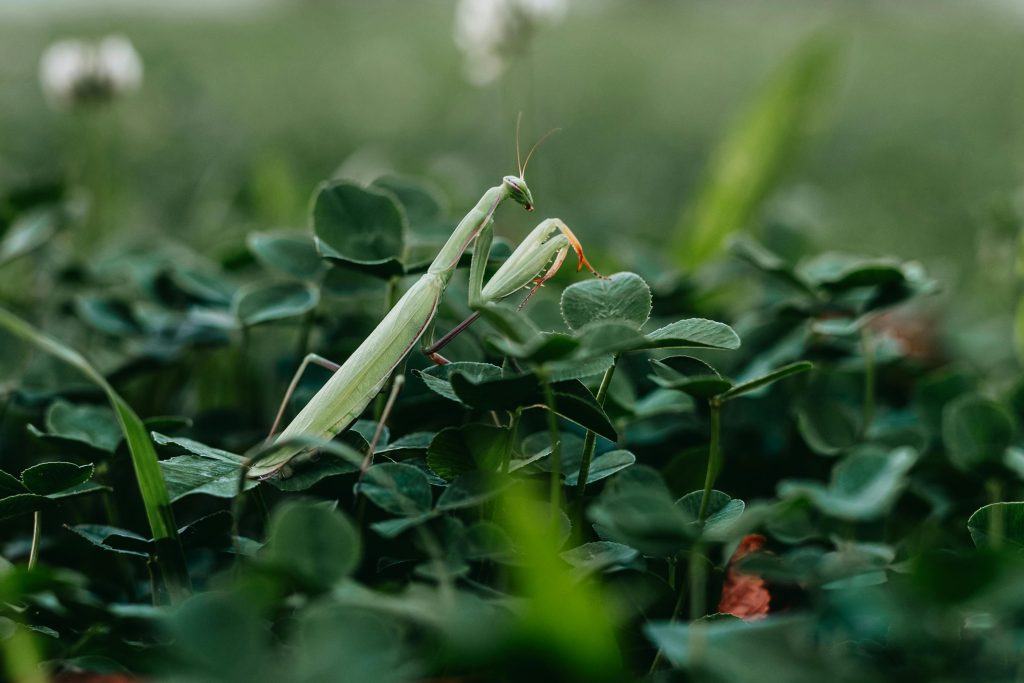
Final Thoughts
Praying Mantises are captivating pets that offer a unique window into the world of insects. Their striking appearance, fascinating behaviors, and low-maintenance care make them a great choice for enthusiasts of all ages. However, their short lifespan and delicate nature mean they are best suited for those who enjoy observing rather than interacting with their pets.
If you’re considering a Praying Mantis, we recommend starting with a common species like the European Mantis or Chinese Mantis. These are widely available, easy to care for, and perfect for beginners.
Have you owned a Praying Mantis? Share your experiences and tips in the comments below! We’d love to hear how you care for your mantis and what makes them special to you.
For more insect care tips and reviews, stay tuned to our blog and don’t forget to subscribe to our newsletter! 🦗

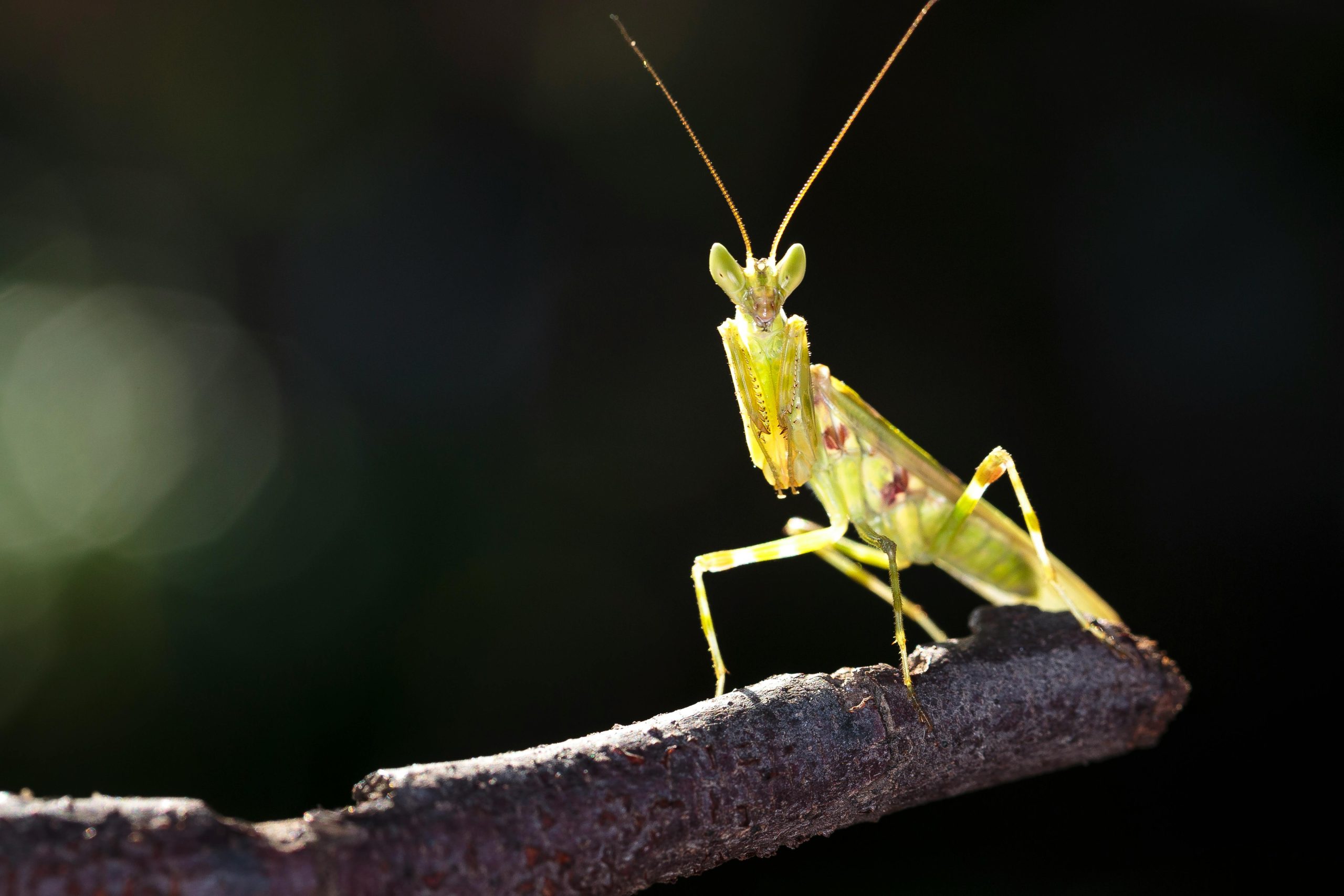

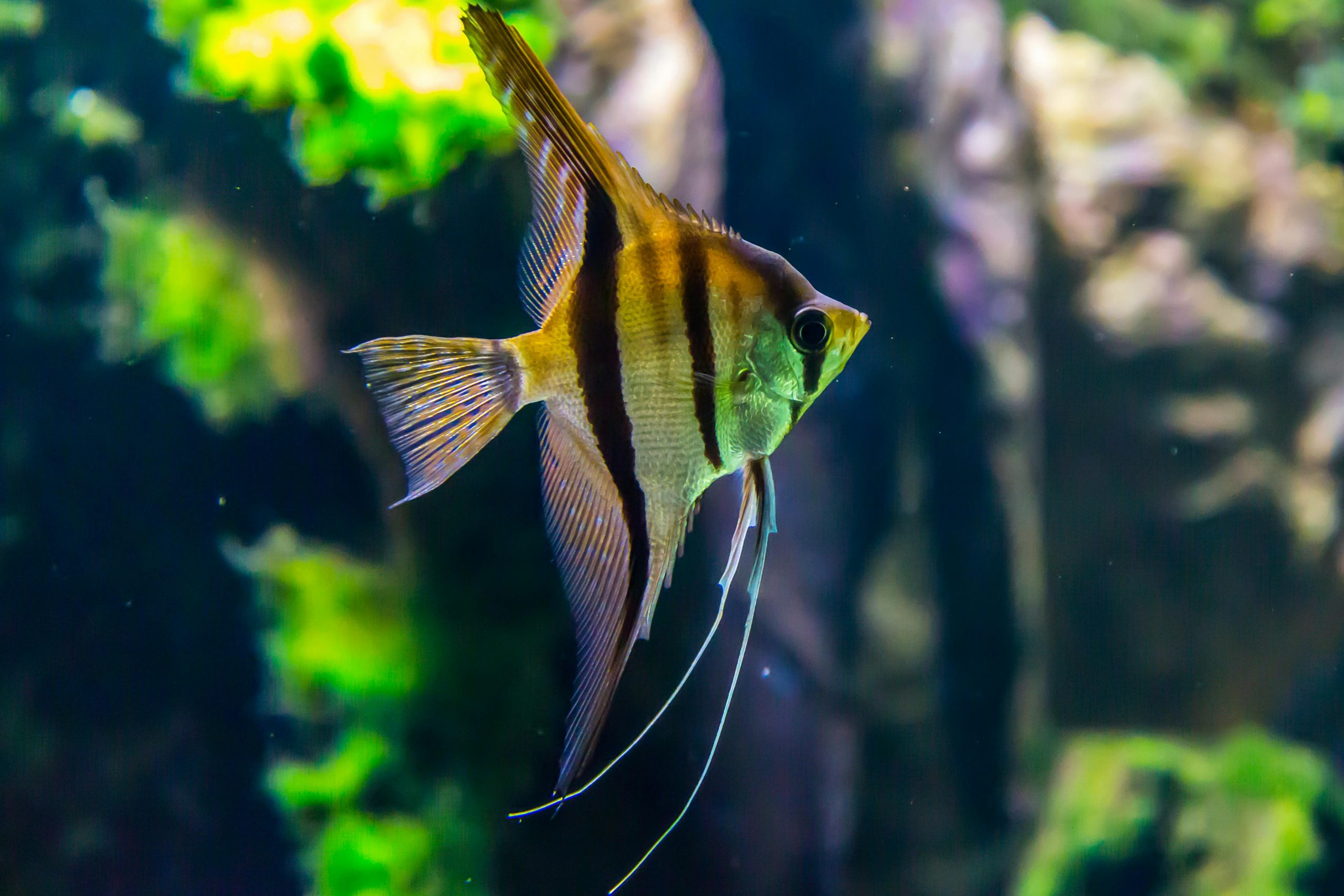
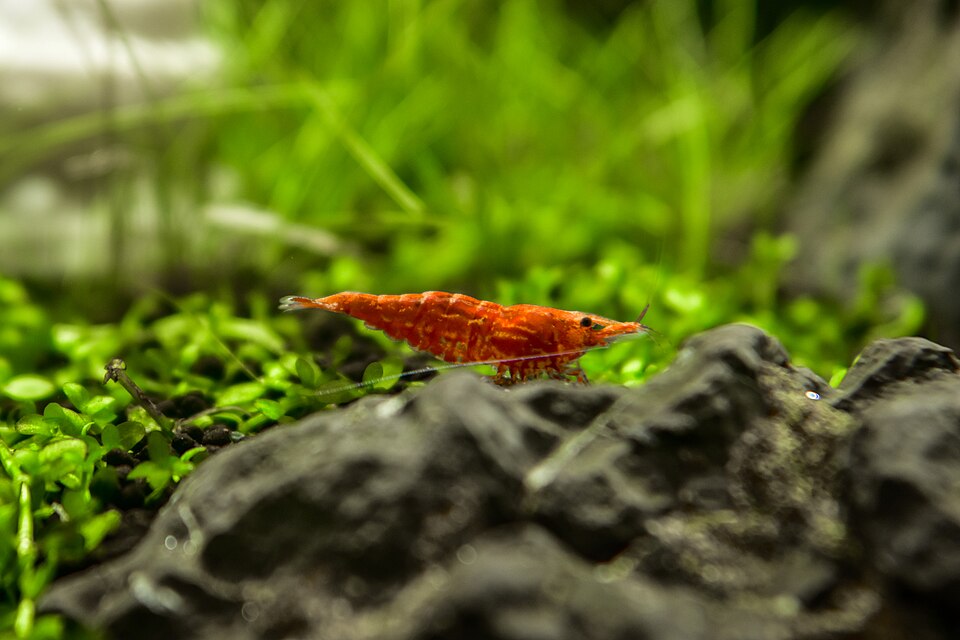

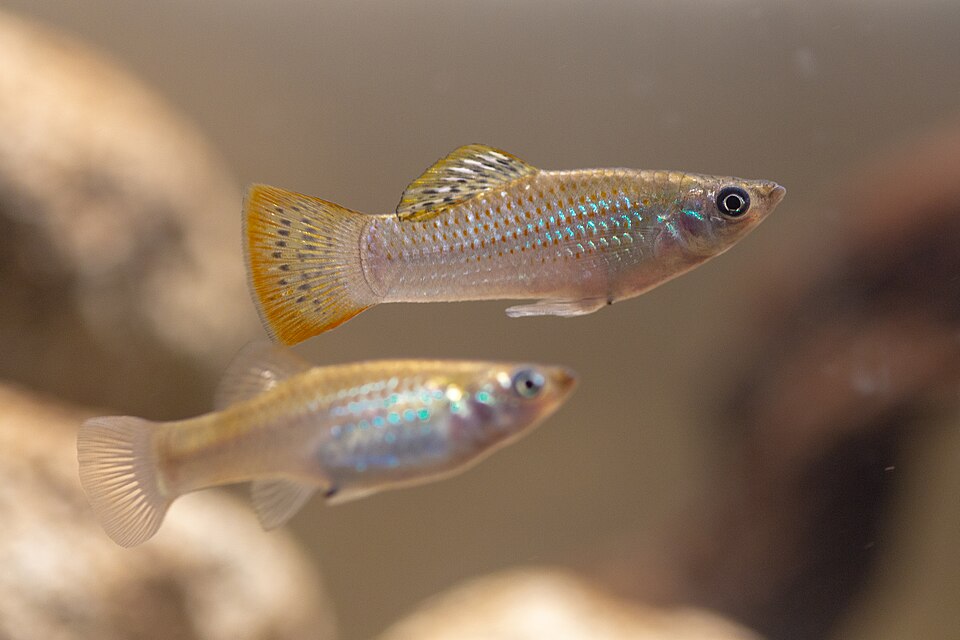
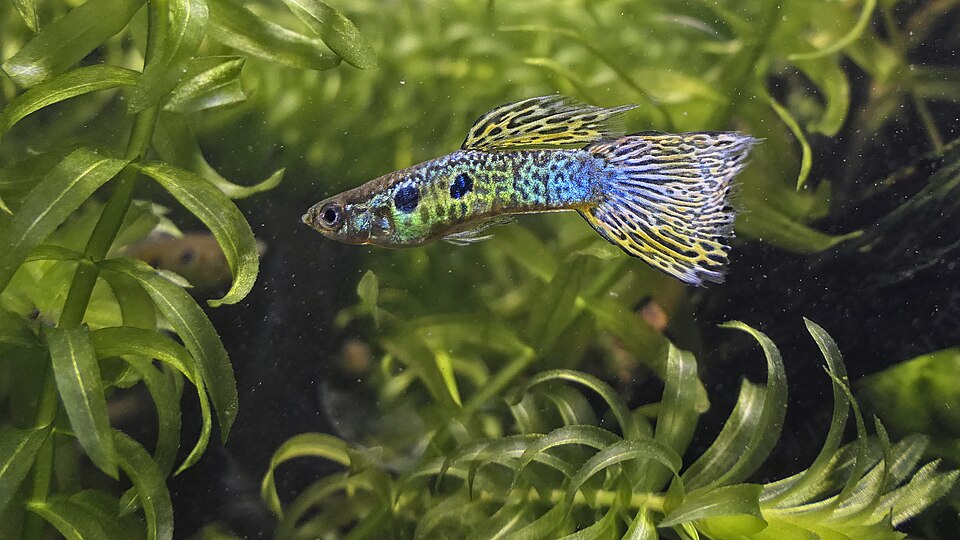
Leave a Reply